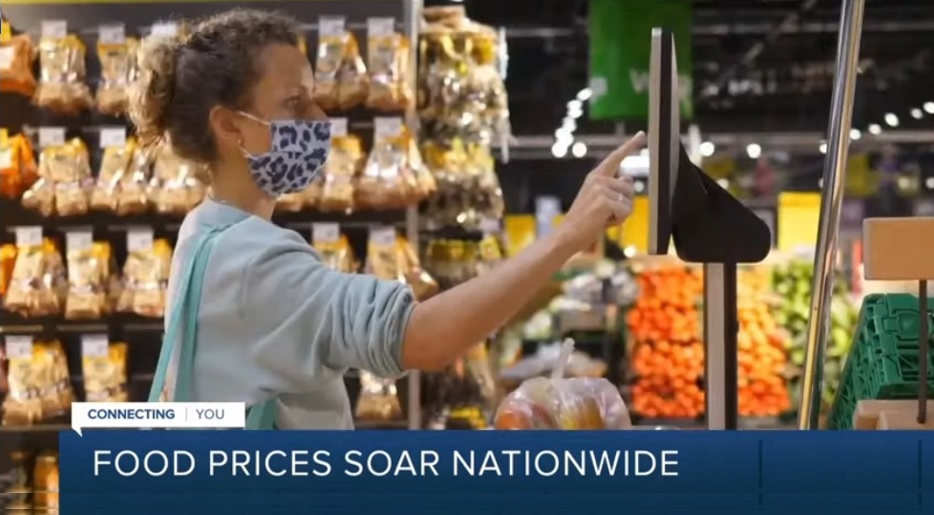
By Zippy Duvall, Opinion, AFB President
Article featured byCalifornia Farm Bureau Federation
We are all feeling the pressures these days of rising costs, from the grocery store to the fuel pump. Most Americans are already making adjustments here and there.
Some might drive less, take a family vacation closer to home, or cook a few more meals rather than dining out. But finding small ways to save can only go so far when your very livelihood depends on goods that keep getting more expensive, sometimes skyrocketing in price.
When you need to plant crops, tend to them and care for animals to keep the farm running, you have to find a way to make it work. Many American farmers are hoping to at least hold on until relief in the supply chain comes.
As a beef and poultry farmer, I am a price taker—and that’s the same story for farmers of all commodities across the country.
Most consumers don’t know that the higher prices they’re paying in the grocery store these days don’t mean higher profits for my farm or yours. This year’s input cost spikes have been tough, but they are also part of the bigger story of the rising cost of farming.
For livestock farmers in particular, business costs have increased 46% since 2013. Those costs include animal care, feed and seed. Today, those costs continue to rise, and with supply-chain disruptions, you also have to pray that your farm supplies will arrive in time.
The story isn’t much better for farmers growing row crops, either. While market prices are high for crops such as corn and soybeans, the higher costs for seeds, fertilizer, pesticides and fuel make it tough to balance out.
It’s also too early to tell if prices will keep up with farm costs or be swallowed up.
I know everyone is feeling the strain of rising costs, but where it hits differently on the farm is our inability to set prices. A restaurant might adjust its menu and raise prices to keep up, or reduce hours and staff, but those adjustments just don’t work on the farm.
Whether you’re growing grains, raising livestock or growing fruits and vegetables, you don’t set the price you’ll receive at harvest unless you’re directly marketing your products, and that price can change from the time you’re planning and planting to harvest time.
There are no slow times on the farm or margins to reduce employee time. What’s more, you can’t control when your equipment might break down or, worse, when a storm or natural disaster might sweep in.
Farmers and ranchers rise to these challenges each day because we are grounded in our commitment to feed our families and yours.
But the pressures of rising farm costs—from seeds to equipment—are front of mind in every region right now. Providing relief in the supply chain must be a top priority for our nation.
At Farm Bureau, we have been calling on the Biden administration to address the skyrocketing costs of fertilizer, remove import duties, free up port congestion and increase efficiency across shipping channels.
Our team of economists are following market impacts closely and will continue to provide analysis as farmers and ranchers adjust their budgets to keep up.
The pressures that keep you up at night on the farm, keep us up looking for solutions and advocating on your behalf here in Washington, D.C. We will weather this storm together, as we work to keep our nation’s food supply secure and our farms strong.
The importance of food supply self-sufficiency has become crystal clear in recent weeks as more and more people understand the connection between food security and national security.
The cost of farming may be high, but as global events remind us, the cost of losing America’s farms would be even greater.
(Vincent “Zippy” Duvall, a poultry, cattle and hay producer from Greene County, Georgia, is the 12th president of the American Farm Bureau Federation and has served since 2016.)
Permission for use is granted, however, credit must be made to the California Farm Bureau Federation when reprinting this item.
Disclaimer: Articles featured on Oregon Report are the creation, responsibility and opinion of the authoring individual or organization which is featured at the top of every article.

